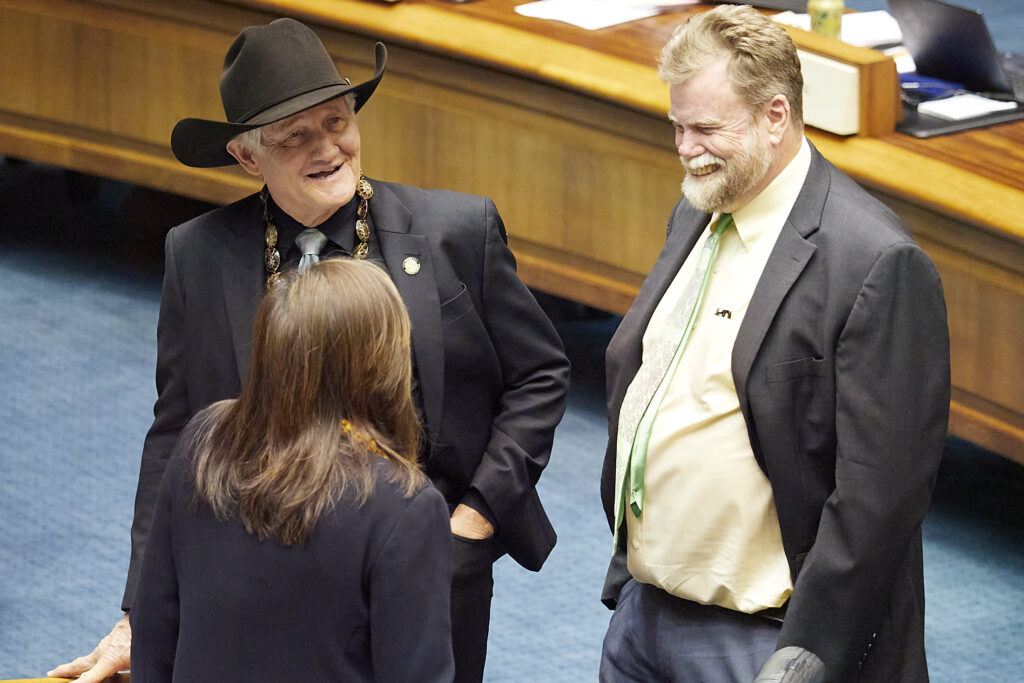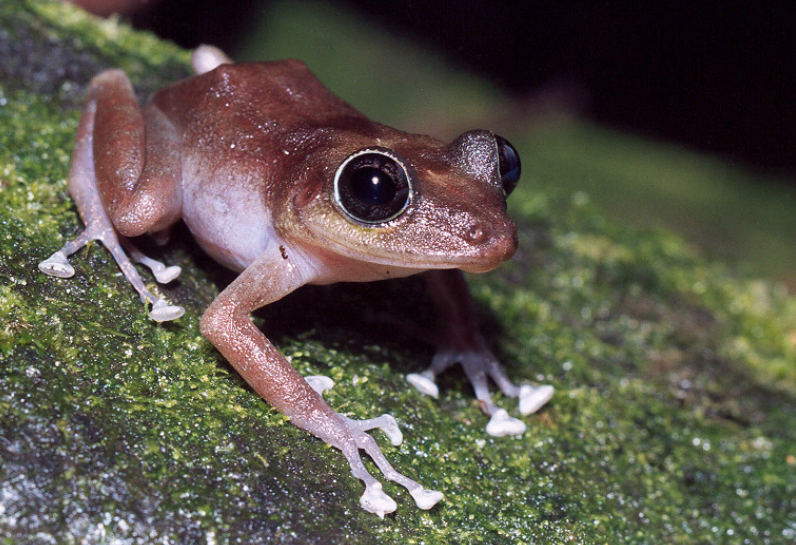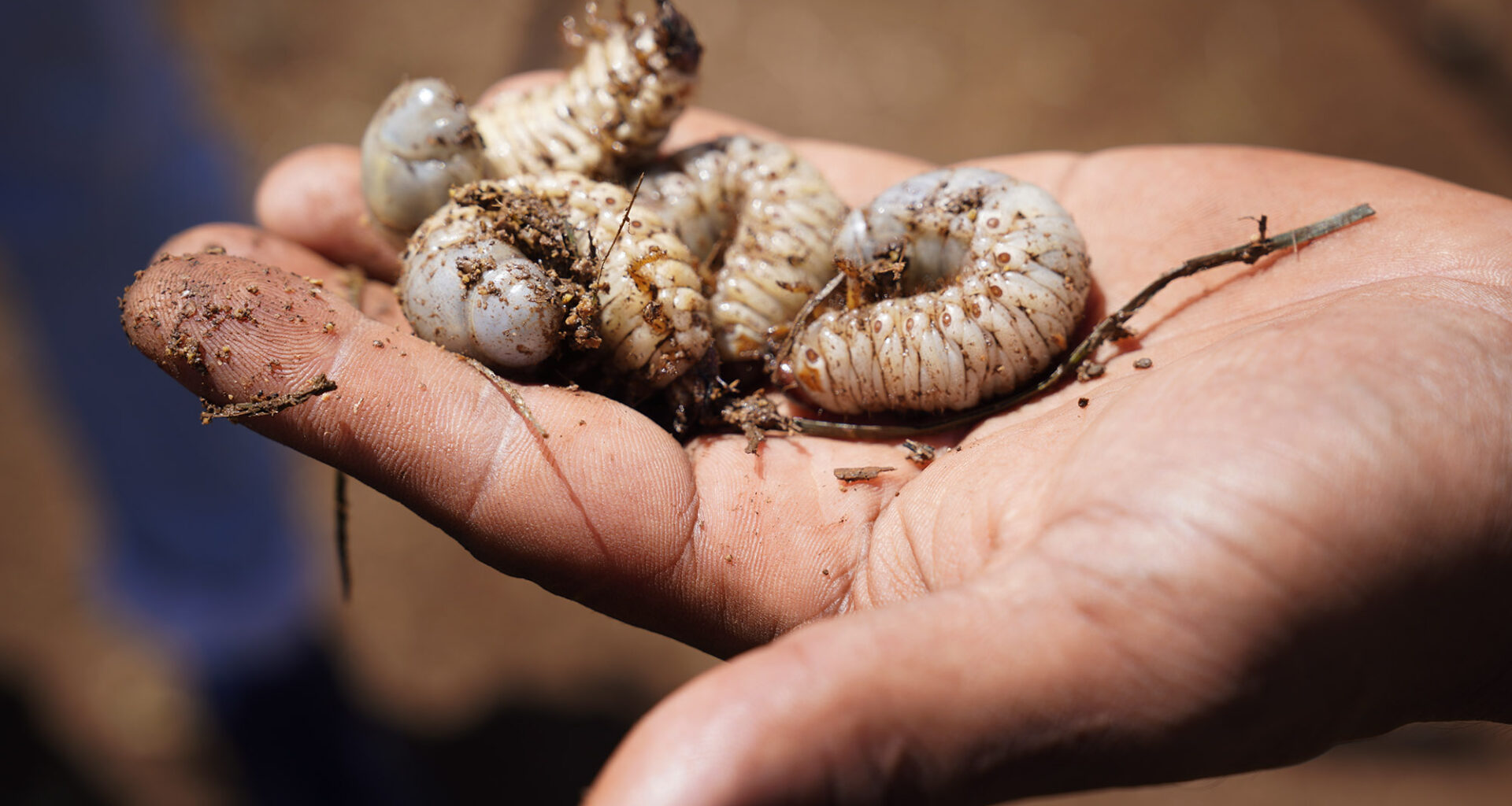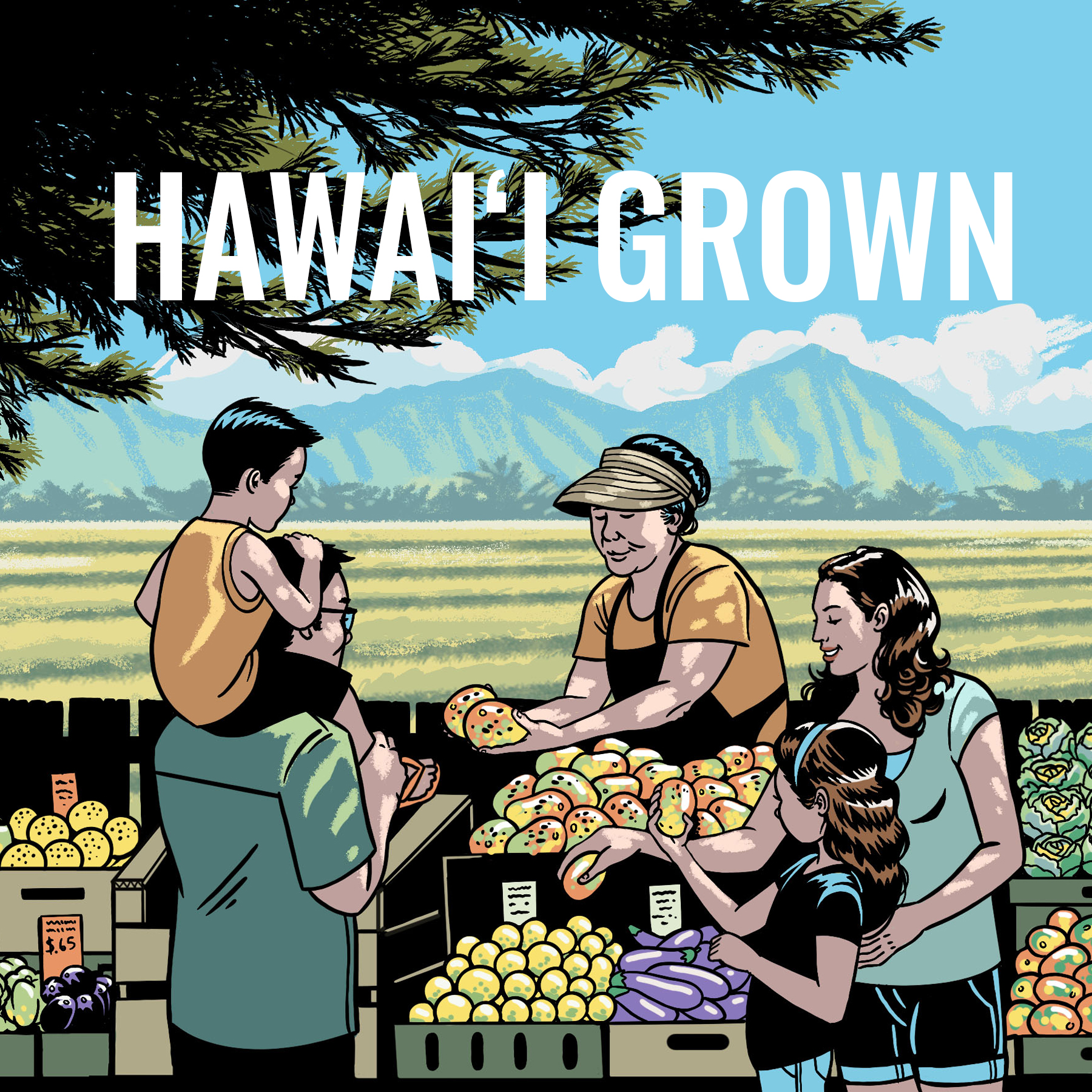The state has launched a new invasive species platform to help the public monitor the impacts of Hawaiʻi’s most problematic pests and biosecurity threats.
The new website contains dashboards, maps and information intended to help residents and officials better understand four key concerns for the state: coconut rhinoceros beetles, little fire ants, coqui frogs and avian influenza.
Each poses a threat to residents’ health, the environment and the agricultural sector, part of what led lawmakers to pump millions of dollars into the state Department of Agriculture and Biosecurity while supercharging its regulatory powers.

 The state data on coqui frogs focuses on the state’s response on Oʻahu. (Courtesy: DAB)
The state data on coqui frogs focuses on the state’s response on Oʻahu. (Courtesy: DAB)
The site is intended to become a collaborative platform, where state officials and residents can share information to better stem the impacts of pests statewide, Hawaiʻi Plant Industry administrator Richard Kim told legislators Monday.
The dashboard, mandated under Act 236 this year, was officially launched Monday and discussed during a briefing where lawmakers received updates on the biosecurity laws they poured more than $26 million into this year. That money was for species-specific mitigation programs and centralizing previously fragmented pest control efforts under the agriculture department.
 Sen. Tim Richards, left, has a strong interest in invasive species given his experience as a rancher on the Big Island. (David Croxford/Civil Beat/2025)
Sen. Tim Richards, left, has a strong interest in invasive species given his experience as a rancher on the Big Island. (David Croxford/Civil Beat/2025)
The agency’s ability to quickly respond to new infestations remains a key concern for lawmakers, who granted the department the ability to declare biosecurity emergencies this year. That power includes not just stopping the movement of pest-infested commodities but the ability to requisition or quarantine property, quickly.
Attitudes toward new and potentially invasive species had become a self-fulfilling prophecy in the past, Sen. Tim Richards of Hawaiʻi Island said, especially because latent pests would be ignored until it was too late.
“Every time we have found a new invasive species, we’ve gotten very tangled up in policy procedures,” Richards said.
The department has “sort of” found how it can speed up its response, said Jonathan Ho, manager of the state plant quarantine branch. Creating a formula for quicker responses that lays out the responsibilities of various state, county and nonprofit groups, Ho said, is one of the steps.
Follow The Species
The state’s new site will be regularly updated to show residents what the state is doing, officials said, and also will draw on information from the public for new detections.
The dashboard is not fully functional yet, awaiting some final steps to make it fully interactive. The agency also continues to develop its own technology to improve its timeliness, according to data scientist Craig Clouet, who works for the agriculture department.
 Coquí frogs, known for the idiosyncratic call, are entrenched on the Big Island and spreading on Oʻahu. (Courtesy: USFWS)
Coquí frogs, known for the idiosyncratic call, are entrenched on the Big Island and spreading on Oʻahu. (Courtesy: USFWS)
“We’re going to be updating this to a live feed eventually, to see exactly where the work is being done and how it’s being done,” Clouet said.
So far this year, for example, the biosecurity agency has treated 593 trees by injecting chemicals into either the roots or trunks of trees, mostly in Kakaʻako and downtown Honolulu.
For little fire ants, Waimānalo has received most of the state’s attention, with 8,770 surveys done for the ants, almost 75% of the agency’s surveys this year. About 8% of the samples came back positive for the ants, which sting humans and can blind pets.
The dashboard is designed to foster academic and citizen-led research, Clouet said, while also becoming a tool to educate the public about the perils of invasive species and the plans and policies in place to reduce their impacts on a neighborhood level.
 The state Department of Agriculture and Biosecurity published its biosecurity dashboard on Monday, illustrates the types of trees treated by the state, what kind of treatments were used and where in the state, by ZIP code. (Courtesy: DAB)
The state Department of Agriculture and Biosecurity published its biosecurity dashboard on Monday, illustrates the types of trees treated by the state, what kind of treatments were used and where in the state, by ZIP code. (Courtesy: DAB)
The brown tree snake — which could have a more-than $2 billion impact on the state — and other species of concern will be added in the future, he said.
“Ideally, we’re going to have it all statewide, have a lot more data and then make it fun for the public, at a level they can understand,” Clouet said. “In the background, we’re going to be creating a database… for actually solving the problem, or attempting to.”
Getting Their Act Together
Both Acts 231 and 236 were comprehensive, covering everything from control programs for parakeets to addressing chronic staffing challenges at the biosecurity agency.
Act 236 laid out timelines for the agency to onboard a new deputy director for biosecurity and establish a biosecurity branch. It also laid out steps modeled on New Zealand‘s biosecurity protocols, with interim deadlines.
Lawmakers remain skeptical about the department’s progress, raising concerns about its ability to play well with other invasive species groups and whether it has the wherewithal to respond quickly and strongly against invasive species.
This ongoing series delves deep into what it would take for Hawai‘i to decrease its dependence on imported food and be better positioned to grow its own.
Sharon Hurd, the department’s chief, said her agency “is on track… with one exception.” On an almost daily basis, she said, a new and “perfect” candidate is found and put through the interview process but offers are routinely rejected because the salaries barely cover the cost of living in Hawaiʻi.
The department is currently advertising entry-level biosecurity roles on Oʻahu, which require specialized bachelor’s degrees, with $51,000 salaries; it also is seeking applications from experienced entomologists at a range of $64,000 to $88,000.
The agency would be asking lawmakers to raise salary rates next year, during the upcoming legislative session, which opens Jan. 21.
“We have to start raising the salaries for this young group of professionals,” Hurd said. “They can’t pay their rent.”
“Hawai‘i Grown” is funded in part by grants from the Stupski Foundation, Ulupono Fund at the Hawai‘i Community Foundation and the Frost Family Foundation. Civil Beat’s coverage of environmental issues on Hawaiʻi island is supported in part by a grant from the Dorrance Family Foundation.

Sign up for our FREE morning newsletter and face each day more informed.
Sign Up
Sorry. That’s an invalid e-mail.
Thanks! We’ll send you a confirmation e-mail shortly.


